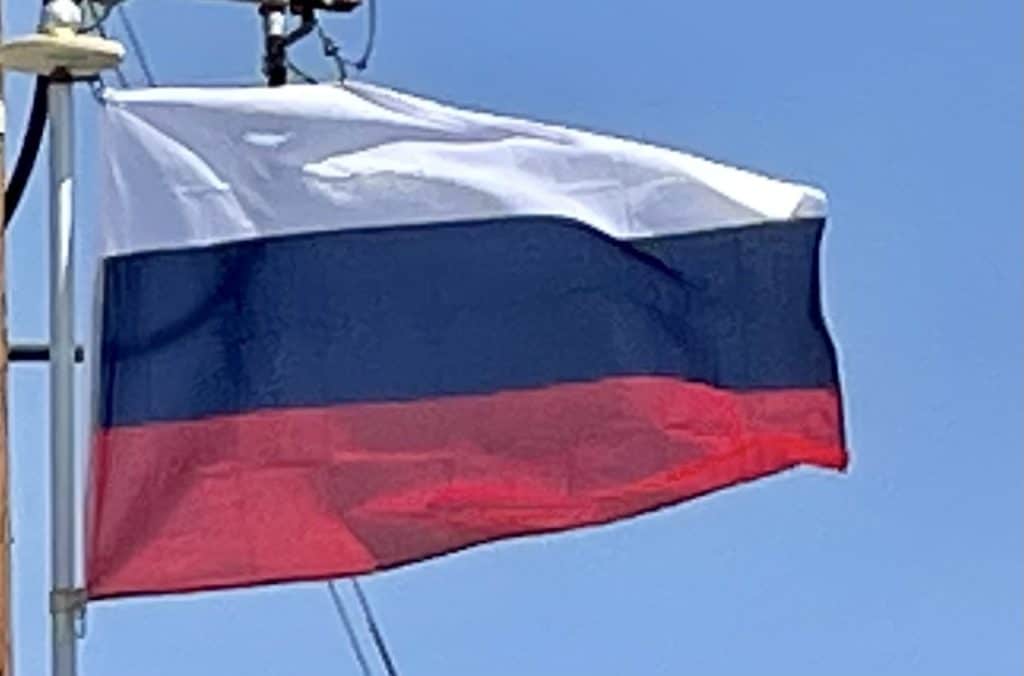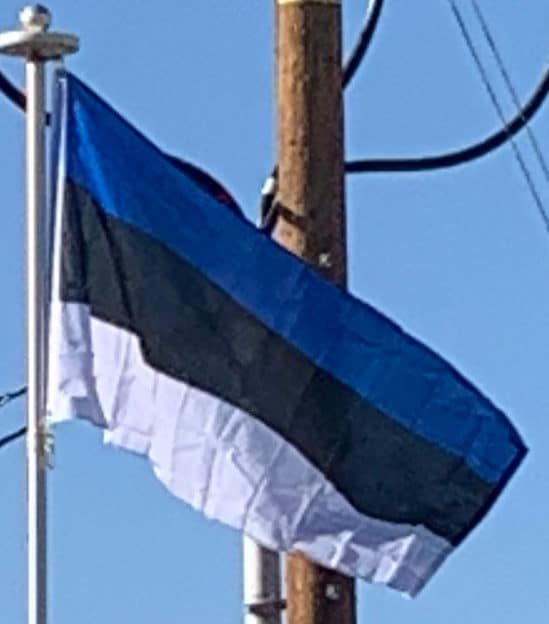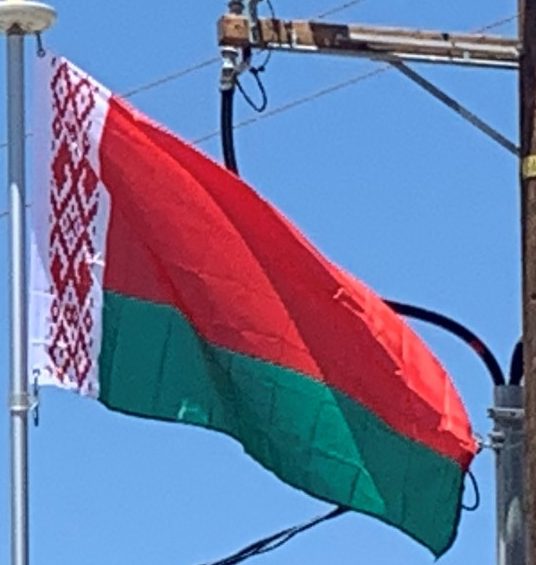Russia
Following the creation of the Russian Socialist Federative Soviet Republic after the Bolshevik Revolution, the Russian tricolor was abolished, and its usage was preserved by the White Movement and the Russian state during the Russian Civil War. During the Soviet Union’s existence, it used the red flag with a golden hammer and sickle and a golden bordered red star on top while the Russian SFSR (a constituent republic of the USSR), used a defaced variant with a vertical blue bar at the hoist.
During the dissolution of the Soviet Union, the Russian SFSR adopted a new flag design that looked almost identical to the pre-revolutionary tricolour that was previously abolished in 1917 after the 1991 August Coup. The ratio of the new flag was 1:2, and the flag colors consisted of white on the top, azure in the middle, and scarlet on the bottom. The flag design remained the same until 1993, when the original Russian tricolour was fully restored as the current flag after the 1993 Russian constitutional crisis.


